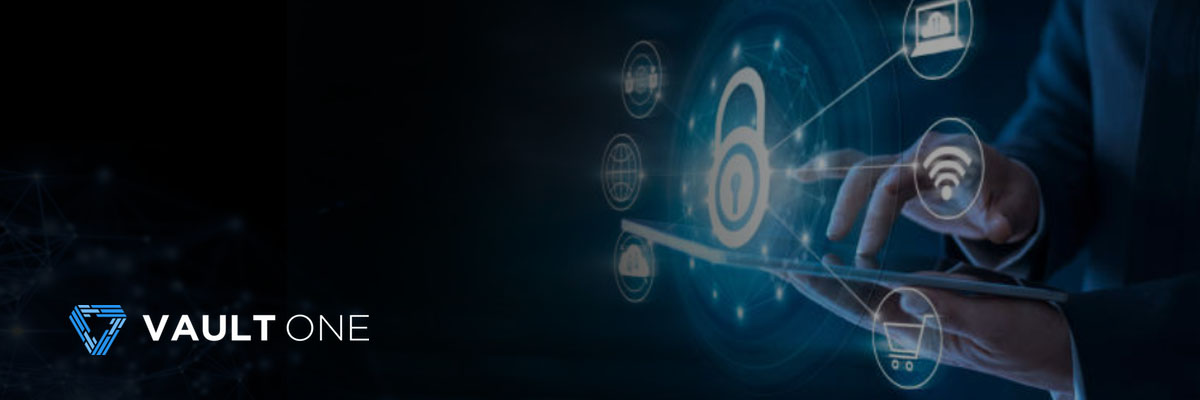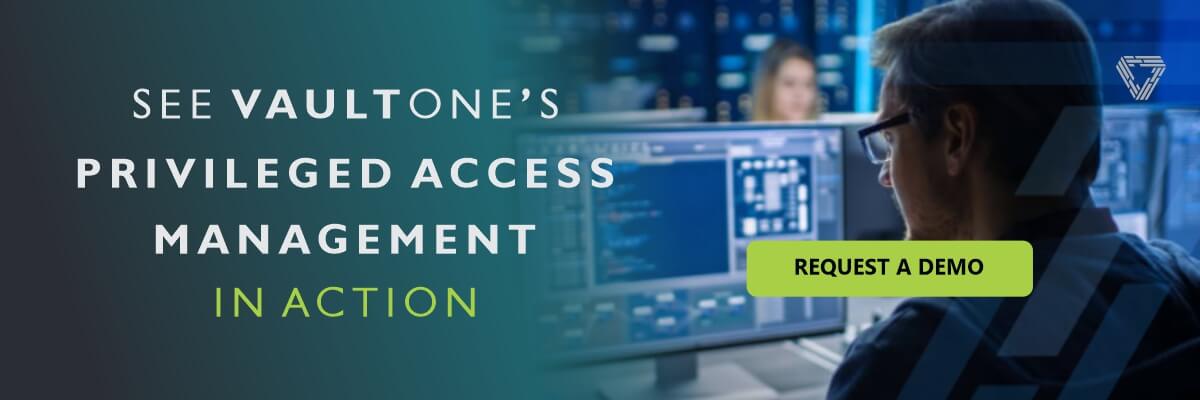Zero Trust Edge x VPN: what’s the most secure model?
- Updated at
- By Naty Santos
- Secure Access

Remote work, driven by the pandemic, raised a major concern for Executives: the need to adopt “borderless” mechanisms to protect the data and employees of the Companies where they were, and at the same time, be effective against the increase in cyber attacks In all world.
According to a report released by Forrester, the Zero Trust Edge (ZTE) model has stood out in the preference of Organizations, for unifying network and security infrastructure, in addition to enabling and protecting remote workers.
Understand the reason for this choice and how it impacts the security of cloud environments.
Scenario
With Covid-19, many companies have opted for VPN to quickly migrate their workforce to the remote model, offering employees a secure connection.
In addition to being complicated and difficult to manage, more than half of the Executives evaluated the solution as only temporary to keep people working from home. According to the report, they are now looking for a ZTNA solution.
The Zero Trust Edge (ZTE) model, also known in the market for the term “Secure Access Services Edge” (SASE), provides more secure access to the internet, both within the physical locations of the Organizations, and remotely.
How Zero Trust Edge works
Zero Trust is a network security model, based on a rigorous identity verification process. In this structure, only authenticated and authorized users and devices can access applications and data.
The ZTE network is a solution that securely connects and conducts traffic, based on the principles of Zero Trust access and cloud-based network and security services.
This virtual network covers the entire web and can be accessed directly from all major cities in the world, through Zero Trust Network Access (ZTNA), which authenticates and authorizes users to connect.
ZTE vs. traditional network model comparison
Difficulties of the traditional model
Administer and meet the requirements for using the cloud, as well as providing support to remote workers;
- Approach based on local software and hardware, with controls and policies, often flaws;
- Device configurationsand traditional security policies used to exist in different tools, leading to more configuration errors and less efficiency.
- Settings can be changed, added or deleted in a single management solution;
- Monitoring and analysis are cloud-based, due to the huge amount of information that needs to be collected and synthesized.
When to implement
The experts’ recommendation is that the ZTE be adopted in stages, as organizations stop using the emergency tools they implemented at the beginning of the pandemic.
About us
VaultOne is a zero trust security solution, avoids data breaches, protecting the user and their access. Our platform records sessions and provides material for forensic analysis, auditing and incident tracking.
Talk to our team and find out how we can make your Organization safer.
Read Related Articles
Tagged VPNzero trust




